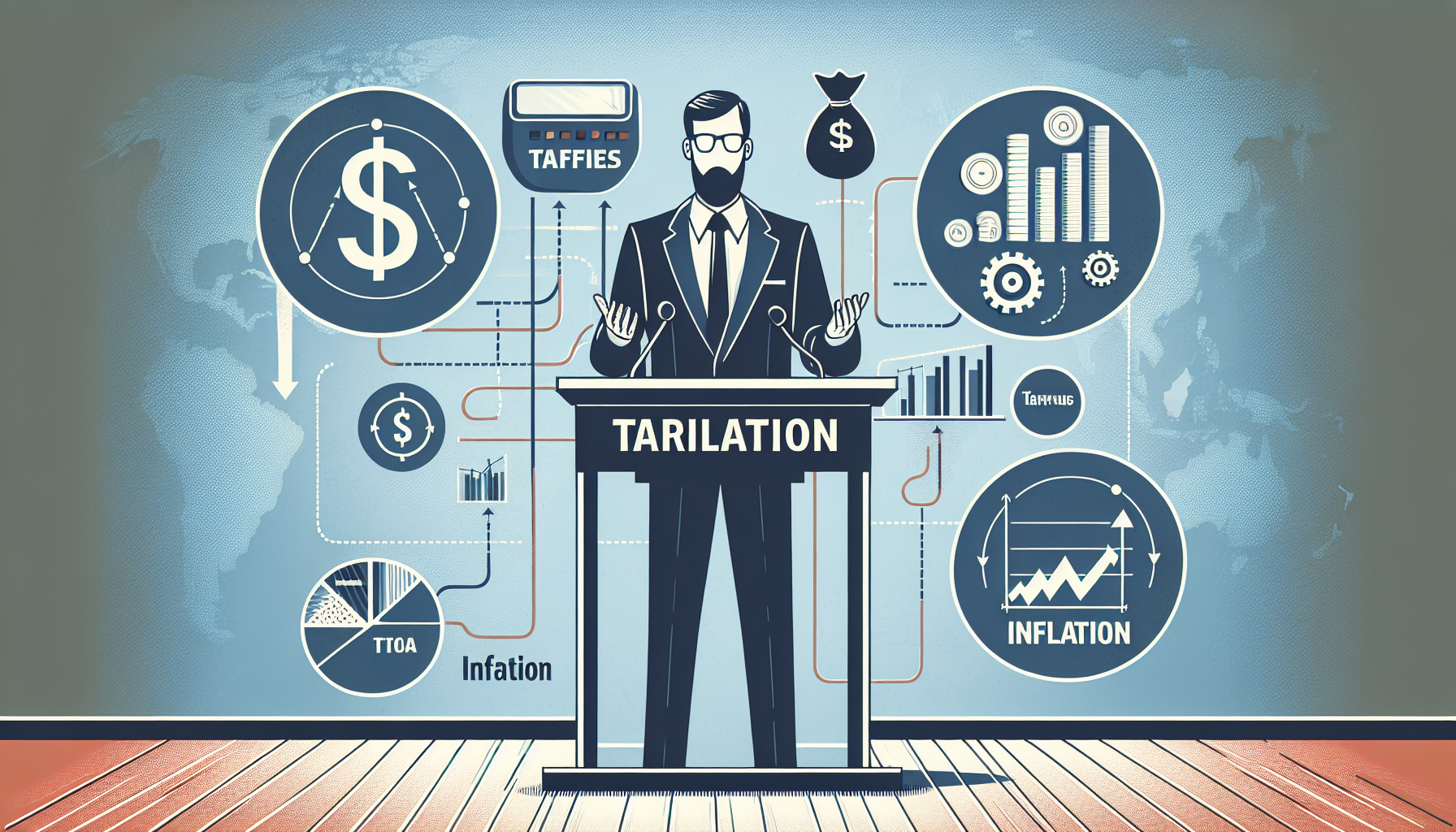
tariff impacts on inflation
Inflation uncertainty continues to be a significant hurdle for monetary policy decisions. With the inflation rate hovering around 22%, the ambiguity surrounding these figures makes it challenging for policymakers to commit to a timeline for interest rate adjustments. The Federal Reserve’s cautious approach signals that any move towards rate cuts will depend heavily on clearer inflation metrics. Prolonged periods of high inflation add layers of complexity to the decision-making process, as officials are wary of premature actions that could destabilize the economy further.
inflation uncertainty and rate cuts
Fed’s Goolsbee has highlighted the complexities surrounding the new round of tariffs, which are affecting parts and copper, as well as the revisitation of tariffs on Europe and Canada. These developments are seen as unhelpful in the broader economic context. A resolution on tariffs is deemed necessary to accurately assess their impact on inflation. The gradual nature of tariff announcements complicates the narrative that tariffs result in a one-time price increase, adding layers of complexity to inflation assessments.
Fed’s Goolsbee is giving another statement before the quiet period:
The new round of tariffs affecting parts, copper, and revisiting tariffs on Europe and Canada does not help. A resolution on tariffs is needed to gauge their impact on inflation. Gradual announcements on tariffs make it difficult to argue that tariffs cause a one-time price increase. Anything complicating the determination of whether inflation is at 22% prolongs the timeline for rate cuts.
future outlook on monetary policy
Without a clear picture of inflation trends, the Fed is hesitant to make decisive moves on interest rates. A premature rate cut in the face of persistent inflation could undermine economic stability, while delaying cuts might stifle growth. This delicate balance requires careful monitoring of inflation indicators and a cautious approach to monetary policy adjustments.
Market participants, especially those within the Forex industry, are keenly observing these developments. The potential for rate cuts exists, but it hinges on resolving the prevailing uncertainties. Traders must remain agile, adapting to the evolving economic landscape as fresh data becomes available. The lengthy wait for more stable inflation conditions underscores the critical role of patience in navigating the current economic climate. As inflation trends become more predictable, the market can expect a more definitive stance from policymakers regarding interest rates.
The future outlook on monetary policy is shaped by a confluence of factors, including ongoing trade dynamics and the overarching inflation landscape. Fed officials acknowledge that the path forward may involve challenging decisions, as they weigh the potential impacts of both domestic and international economic developments.
Fed officials, including Goolsbee, stress the need for patience as they navigate these uncertainties. They emphasize that several more months of inflation data may be needed to increase their comfort level with any policy changes. The goal is to ensure that any action taken aligns with long-term economic health, rather than reacting to short-term fluctuations.
Tariffs and their impact on inflation
Inflation remains a critical concern for policymakers, and the uncertainty surrounding it is a significant factor influencing decisions on interest rates. The inability to determine whether inflation is at a specific target, such as 22%, is prolonging the timeline for potential rate cuts. This uncertainty stems from multiple factors, including the staggered implementation of tariffs and their varying impacts on prices across different sectors.
Goolsbee and his colleagues recognize that resolving uncertainties, particularly those related to tariffs and their inflationary effects, could open the door to more favorable monetary policy conditions. A clearer understanding of inflation trends would provide the confidence needed to consider rate adjustments, whether through cuts or maintaining the status quo.
Inflation uncertainty and interest rate decisions
Looking ahead, the Fed remains committed to a data-driven approach, emphasizing the importance of flexibility and adaptability in its policy framework. This approach allows for timely responses to emerging economic signals while maintaining a steady course toward long-term stability. As the situation evolves, stakeholders can expect the Fed to continue its vigilant assessment of economic indicators, aiming to strike a balance that supports sustained growth and inflation control.
Another aspect influencing the monetary policy outlook is the global economic environment. The interconnected nature of economies means that developments in Europe, Canada, and other trading partners inevitably impact the U.S. economic landscape. The Fed is keenly aware that its policy decisions must factor in these external variables, ensuring that any shifts are not only responsive but also proactive in safeguarding economic resilience.